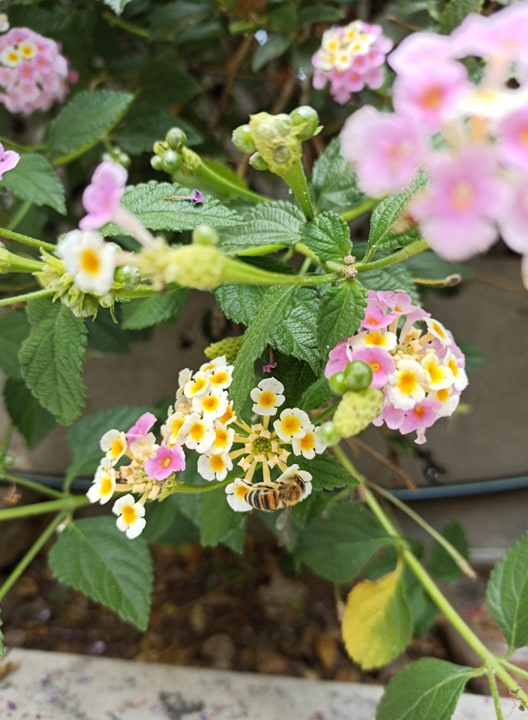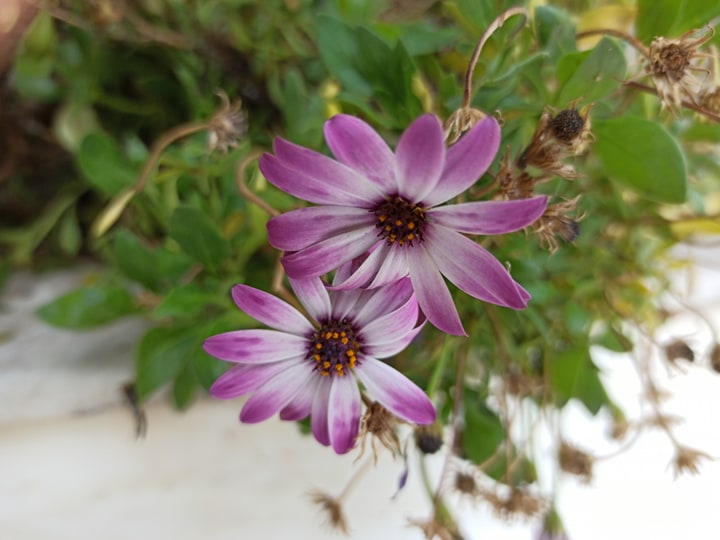n Greece, May 1st (Protomagia) is not just about labor movements—it’s a day deeply rooted in ancient rituals that celebrate spring, nature, and renewal. The most iconic symbol of this celebration is the May wreath (πρωτομαγιάτικο στεφάνι), a tradition that continues to thrive in homes and villages across the country.
A Wreath of History and Symbolism
The May wreath is traditionally made using a vine branch as its base, adorned with wild spring flowers such as daisies and, more rarely, poppies. This custom is the most widespread way Greeks celebrate May Day and is rich in symbolic meaning. It is believed to bring good luck, protection, and health, and remains on display—typically hung on a door or balcony—until the summer solstice. At that point, many communities burn the wreath in the St. John’s Eve fires (του Κλήδονα) on June 23rd.
This practice has deep historical roots in ancient Greek religion and mythology. According to myth, the first day of May was dedicated to Demeter, the goddess of fertility and agriculture. On this day, her daughter Persephone would rise from the underworld to be reunited with her mother. Demeter, overjoyed, would cause the earth to bloom—thus marking the return of life. In honor of this reunion, the ancient Greeks celebrated Anthesteria, a floral festival with processions and offerings.
From Antiquity to the Present
This seasonal celebration was carried on through Roman and Byzantine times, adapting over the centuries. People continued to craft floral wreaths as offerings for luck, health, and protection. Today, the wreath serves the same purpose, a visual and fragrant expression of spring’s abundance and a charm for prosperity.
Regional Color and Custom
Different regions of Greece have added their own local flavors to the tradition. In Lesvos, wild herbs called daimonaria are woven into wreaths for protection from evil. On Serifos, ingredients like barley, nettles, and garlic are included to ensure health and fertility. On Corfu, residents decorate a cypress trunk known as May wood (μαγιόξυλο) with yellow flowers and greenery and parade it through the streets.
Another notable custom is the Resurrection of the May Boy, still practiced in areas like Volos and Zagori. A young man lies on the ground, representing dormant nature, while village girls sing to symbolically bring him—and spring—back to life.
Modern Celebration: Nature, Simplicity, and Community
May 1st is commonly spent outdoors. Families head to the countryside, parks, or the seaside for picnics and time in nature. The day is not tied to a specific religious event, but its spirit reflects joy, simplicity, and connection. Traditional foods—seasonal pies, cheeses, olives, vegetables, and wine—are enjoyed under the sun, while festivals (panigyria) fill towns with music, flowers, and dancing.
Though modern life has softened the mythological awareness behind the celebration, the May wreath still honors a timeless cycle: the rebirth of nature, the power of tradition, and the joy of living.



